Capturing the Pink City
- Nemisha Singh
- May 1, 2024
- 5 min read
Unveiling Jaipur's Picture-Perfect Photography Spots
Jaipur, aptly named the Pink City, beckons with its vibrant culture, rich history, and architectural splendor. Steeped in royal heritage, every corner of this majestic city tells a tale of valor, romance, and opulence. From the imposing Amber Fort to the intricate detailing of Hawa Mahal, Jaipur exudes a timeless charm that captivates photographers and wanderers alike. Its kaleidoscope of colors, from the bustling bazaars to the regal palaces, provides an endless canvas for artistic expression. Photographing Jaipur isn’t just about capturing images; it’s about immersing oneself in a sensory feast of sights, sounds, and flavors. Each frame encapsulates centuries of tradition and craftsmanship, offering a glimpse into a bygone era frozen in time. Whether it’s the majestic elephants ambling through the streets or the kaleidoscopic hues of a Rajasthani sunset, every moment in Jaipur is a once-in-a-lifetime experience waiting to be immortalized through the lens.

In This Guide

Capturing the Pink City
In the upcoming sections, I’ll unveil Jaipur’s crown jewels of photography spots, each offering a unique perspective on the city’s splendor. From the majestic grandeur of the City Palace to the serene beauty of Jal Mahal, I’ll guide you through the must-visit locations that will elevate your photography game. Get ready to explore the mystical allure of Amber Fort, offering panoramic views of the cityscape bathed in the golden hues of sunrise or sunset. I will also introduce the iconic silhouette of Hawa Mahal standing sentinel over the bustling streets below. Finally, I will delve into the hauntingly beautiful Gaitore ki Chhatriyan, where the ornate cenotaphs of Jaipur’s royalty stand in silent tribute, providing a fascinating subject for your lens. So, let us find out if capturing the Pink City is worth it.
City Palace
The City Palace in Jaipur stands as a testament to the grandeur of Rajasthan’s royal heritage, showcasing a magnificent fusion of Mughal and Rajput architecture. Built in the 18th century by Maharaja Sawai Jai Singh II, it served as the seat of the royal family and the administrative center of Jaipur. With its intricate marble work, elaborate courtyards, and ornate gates, the palace is a visual masterpiece that transports visitors to a bygone era of opulence and splendor. For photographers, the City Palace offers endless opportunities to capture its regal charm, from the mesmerizing patterns of its façade to the captivating reflections in its shimmering pools. Every corner of this architectural marvel tells a story, making it an essential destination for anyone seeking to capture the essence of Jaipur through their lens.
Location on Google Maps: City Palace
Jal Mahal
Jal Mahal, the “Water Palace” of Jaipur, is a captivating architectural marvel nestled amidst the serene waters of Man Sagar Lake. Built in the 18th century by Maharaja Madho Singh I, its stunning red sandstone facade rises majestically from the tranquil lake, creating a picturesque sight that mesmerizes visitors. Historically, it served as a hunting lodge and a retreat for the royals during the scorching summer months. For photographers, Jal Mahal is a dream subject, offering a unique blend of natural beauty and architectural elegance. The play of light and shadow on its intricately carved walls, especially during sunrise or sunset, creates a captivating visual spectacle that demands to be captured. Including Jal Mahal in one’s photography bucket list ensures an opportunity to immortalize the timeless allure of Jaipur’s waterfront gem.
Location on Google Maps: Jal Mahal
Amber Fort
Amber Fort, a jewel in Jaipur’s crown, narrates the tales of Rajput valor and Mughal grandeur. Built in the 16th century by Raja Man Singh I, it stands as a testament to architectural prowess and strategic brilliance. With its towering ramparts, intricate carvings, and ornate courtyards, Amber Fort offers a captivating glimpse into India’s regal past. For photographers, it’s a haven of visual delights, offering myriad opportunities to capture the interplay of light and shadow on its sandstone walls, the reflection of its mirrored ceilings, and the panoramic vistas of the surrounding Aravalli Hills. Including Amber Fort in a photographer’s bucket list ensures an immersive journey through history and an opportunity to craft timeless images that echo the splendor of bygone eras.
Location on Google Maps: Amber Fort
Hawa Mahal
Hawa Mahal, also known as the “Palace of Winds,” is an iconic architectural marvel that graces the streets of Jaipur. Built in 1799 by Maharaja Sawai Pratap Singh, it was designed as an extension of the City Palace to allow royal ladies to observe street festivities while maintaining purdah (seclusion). This intricately latticed facade, resembling a honeycomb, not only served a functional purpose but also became a symbol of Jaipur’s rich cultural heritage. For photographers, Hawa Mahal presents a captivating subject, especially during golden hour, when the soft light bathes its pink sandstone facade, casting enchanting shadows. Including Hawa Mahal in a photographer’s bucket list ensures an opportunity to capture the timeless elegance and architectural splendor of Jaipur’s most iconic landmark.
Location on Google Maps: Hawa Mahal
Gaitore ki Chhatriyan
Gaitore ki Chhatriyan, nestled in the serene outskirts of Jaipur, is a hidden gem steeped in history and architectural beauty. These ornate cenotaphs serve as the final resting place for Jaipur’s royal family members, showcasing exquisite Rajput and Mughal architectural styles. Each chhatri (cenotaph) is a masterpiece of craftsmanship, adorned with intricate carvings and delicate domes, offering a poignant glimpse into Rajasthan’s regal past. For photographers, Gaitore ki Chhatriyan is a treasure trove of visual inspiration, with its tranquil surroundings, striking architectural details, and timeless elegance providing endless opportunities for creative exploration. Including this lesser-known marvel in a photographer’s bucket list promises an immersive journey through history and an opportunity to capture the ethereal beauty of Rajasthan’s royal heritage.
Location on Google Maps: Gaitore ki Chhatriyan
Summary
I hope this guide has provided you with valuable insights for capturing the essence of Jaipur through your photography. As you venture forth with your camera in hand, remember that the essence of photography lies not just in capturing images, but in immersing yourself in the moment and allowing yourself to be moved by the beauty that surrounds you. Thank you for joining me on this visual journey through Jaipur. May your travels be filled with unforgettable moments and may your photographs serve as timeless reminders of the beauty that lies waiting to be discovered in every corner of the Pink City. Until next time, keep exploring, keep creating, and keep capturing the magic of this beautiful world one frame at a time.
Drop your comments or questions if any. Subscribe to my blog if you think I inspired you for your next travels.

Related Posts
If you liked my article, then you might be interested in the following list of my travel posts from Nepal -.
WISHING ALL MY READERS SAFE TRAVELS !












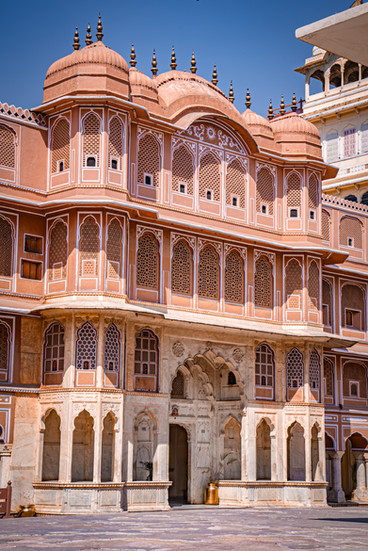





































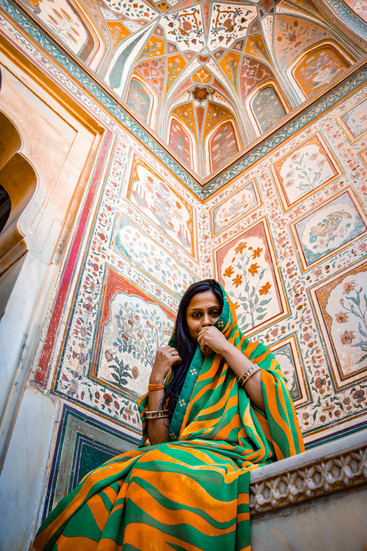













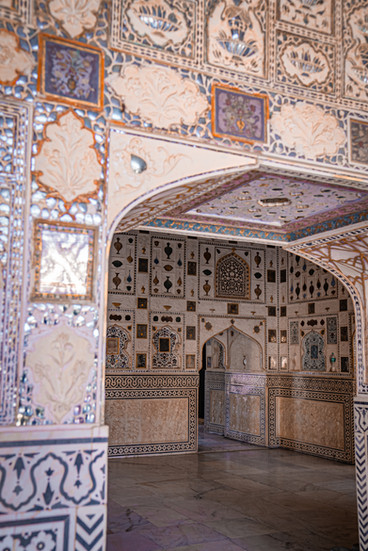









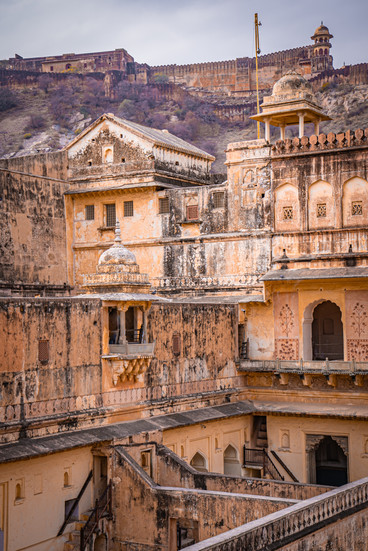













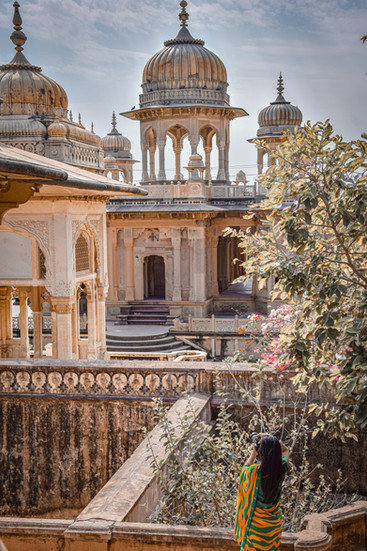



























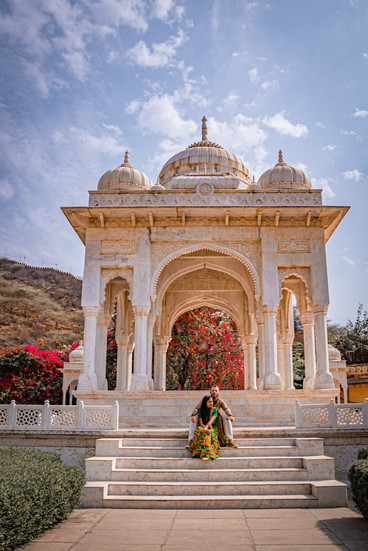




Comentários